When it comes to our skincare routines, finding the right types of cleanser can make a big difference. Clay cleansers are gaining popularity for their ability to purify and detoxify the skin. These cleansers help remove dirt, oil, and impurities, leaving our complexion fresh and revitalized.
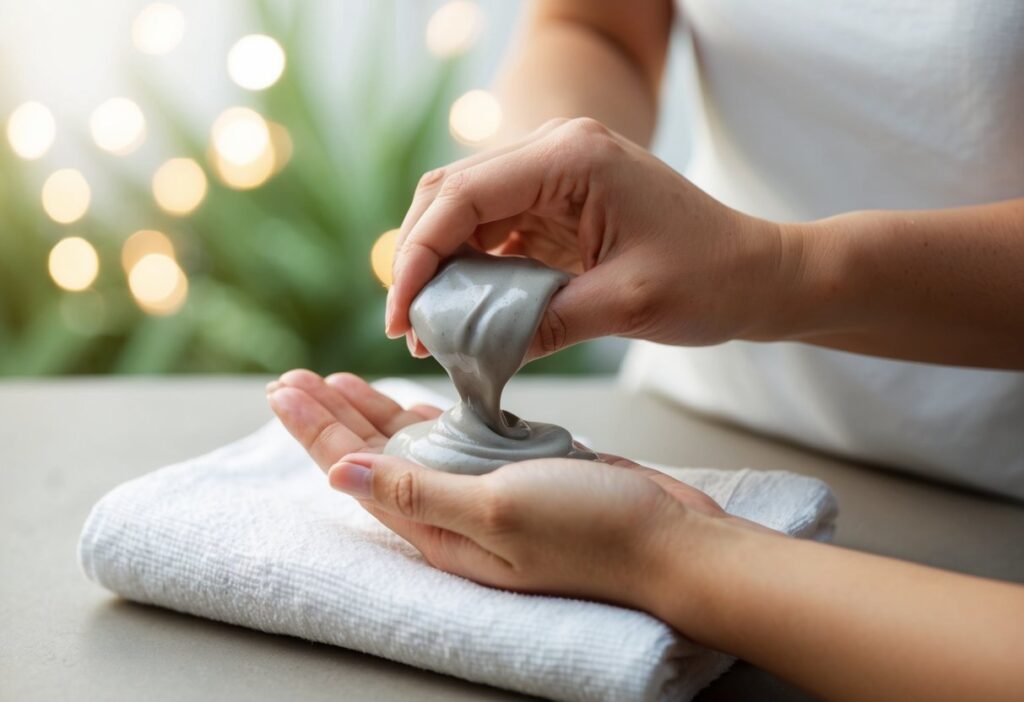
We often struggle with products that can’t tackle our skincare concerns, but clay cleansers work well for various skin types. Whether we have oily, dry, or combination skin, there’s a clay formula designed just for us. These products draw out toxins and excess oil, while still being gentle enough for everyday use.
If we are looking for a way to enhance our skin’s health, exploring clay cleansers can be our next best step. By incorporating these power-packed formulas into our routine, we can achieve a clearer, brighter complexion with less effort.
What is Clay Cleanser and How Does it Work?
Clay cleansers are special skincare products made with natural clay. They are known for their ability to purify and cleanse our skin deeply.
These cleansers work by absorbing impurities, dirt, and excess oil. When we apply clay to our face, it acts like a magnet, drawing out unwanted waste from our pores. This helps to keep our skin clear and fresh.
Some common types of clay used in these products include:
- Bentonite Clay: Known for its ability to absorb oils and toxins.
- Green Clay: Great for oily and acne-prone skin.
- Kaolin Clay: Gentle and suitable for sensitive skin.
Using clay cleansers regularly can improve the appearance of our skin. They help to prevent breakouts by keeping pores unclogged. We may also notice our skin feels smoother and looks brighter.
To use a clay cleanser, we simply apply a small amount to damp skin. Gently massage it in for a minute or two, then rinse with warm water.
When we incorporate clay cleansers into our skincare routine, we can achieve a refreshed complexion. They not only cleanse but can also nourish our skin with beneficial minerals.
What Are the Main Benefits of Using Clay Cleansers?
Removal of Impurities
One of the key benefits of using clay cleansers is their ability to remove impurities. Clay acts as a natural magnet, drawing out dirt and toxins from our skin. When we apply it, the clay works deep within our pores to cleanse effectively.
This process helps to unclog pores, reducing the chances of breakouts. Regular use can lead to clearer skin, which many of us strive for. Plus, by getting rid of dead skin cells, clay cleansers promote a more radiant complexion.
Oil Absorption
Another significant advantage is the clay’s oil-absorbing properties. Many of us deal with excess oil, which can lead to a shiny appearance and clogged pores. Clay cleansers help balance oil production while keeping our skin hydrated.
The clay absorbs the oil without drying out the skin. It captures and traps excess sebum, leaving our faces feeling fresh and clean. This helps prevent the formation of blackheads and whiteheads, ultimately leading to improved skin texture.
Mattifying Effect
Using clay cleansers also offers a natural mattifying effect. After cleansing, our skin feels less greasy and more balanced. This is particularly beneficial for those of us with oily skin types.
The clay helps create a matte finish, so we don’t have to worry about shine throughout the day. A daily routine that includes a clay cleanser can keep our skin looking fresh and polished, helping us feel confident in our skin.
Potential Acne-Fighting Properties
Clay cleansers may also provide benefits in fighting acne. The deep cleansing action helps to remove impurities and reduce the occurrence of breakouts. Many of us find that using clay products contributes to clearer skin over time.
Some clay types are known for their antibacterial properties, which help combat acne-causing bacteria. Regular use of these cleansers can lead to fewer blemishes and an overall improvement in skin health. This makes clay cleansers a useful tool in our skincare routine.
Which Types of Clay Are Commonly Used in Cleansers?
In the world of skincare, different types of clay bring unique benefits to our cleansing routine. Let’s explore the most common clays used in cleansers and what makes each one special.
Kaolin Clay
Kaolin clay, often referred to as white clay, is one of the gentlest types available. It’s perfect for those of us with sensitive skin because it cleanses without causing irritation.
This clay works by absorbing excess oil and impurities, leaving our skin feeling fresh and clean. It’s also known for its soothing properties, making it a favorite in many gentle cleansers and masks. We can use kaolin clay regularly without worrying about over-drying our skin.
Bentonite Clay
Bentonite clay is a powerhouse when it comes to deep cleansing. It is excellent for oily and combination skin types. This clay’s strong absorption properties help draw out dirt, toxins, and excess oil from our pores.
When applied, bentonite clay can actually expand and absorb impurities, making it very effective. We often find it in products designed for a deep cleanse. Its ability to unclog pores helps minimize breakouts, giving us clearer skin.
French Green Clay
French green clay is known for its vibrant color and amazing detoxifying properties. It helps us remove debris and impurities while revitalizing our skin.
Rich in minerals, this clay can also improve circulation, which can give our skin a healthy glow. We enjoy using French green clay in various masks and cleansers, especially when our skin feels dull or tired. It can be very beneficial for oily skin types as well.
Rhassoul Clay
Rhassoul clay, or Ghassoul clay, comes from Morocco and is rich in minerals like magnesium and potassium. This clay is highly regarded for its ability to absorb excess oil and purify the skin.
For us, rhassoul clay offers a luxurious cleansing experience. It can help improve skin texture and elasticity while leaving our skin feeling soft and hydrated. Rhassoul is often combined with other ingredients in cleansers, making it very versatile and effective for various skin types.
How Should You Use Clay Cleansers Effectively?
Application Techniques
To get the best results, we should start by wetting our face with warm water. This helps to open up our pores and allows the clay to work more effectively.
Next, we can take a dime-sized amount of the clay cleanser in our hands. It’s best to massage it onto our face using gentle circular motions. This technique helps to ensure even coverage and can promote blood flow to the skin. We should focus on areas that tend to get oily or dirty, like our forehead and nose.
After massaging for about 30-60 seconds, we rinse our face with warm water and pat it dry with a clean towel. Avoiding the eye area is crucial to prevent irritation. Remember, consistency is key for achieving clear skin.
Frequency of Use
The frequency of using clay cleansers may differ for each of us depending on our skin type. For those with oily or combination skin, using a clay cleanser 2-3 times a week can provide optimal results. This helps to remove excess oil without over-drying our skin.
For people with dry or sensitive skin, it might be best to limit usage to once a week. This prevents irritation while still allowing the skin to benefit from the cleanser’s purifying properties. Listening to our skin’s needs is essential, and adjusting our routine can lead to better outcomes.
Precautions for Different Skin Types
It’s important to tailor our use of clay cleansers to our specific skin types. For oily skin, clay cleansers can be particularly helpful, as they draw out excess oil and impurities.
If we have sensitive skin, we should be cautious. Opting for gentler formulas that say “sensitive skin” on the label can help minimize irritation. Before using a new product, conducting a patch test is a wise choice.
For anyone with allergies or skin conditions, consulting with a dermatologist before trying a clay cleanser is highly recommended. Our skin deserves the best care, and ensuring we use products suited to our needs is vital.
Can Clay Cleansers Be Suitable for All Skin Types?
Oily and Acne-Prone Skin
For those of us with oily or acne-prone skin, clay cleansers are fantastic. They work by absorbing excess oil, which helps reduce shine. Ingredients like kaolin and bentonite clay are especially effective. These clays draw out impurities and unclog pores.
Using a clay cleanser regularly can minimize breakouts. We should choose formulas that are specifically designed for oily skin to get the best results. Look for products enriched with eucalyptus or tea tree oil, as these can further help with acne.
Combination Skin
Combination skin often presents unique challenges. We might have oily areas on the T-zone and dryness on the cheeks. Clay cleansers can balance this issue effectively. Choosing a gentle clay cleanser is important. It shouldn’t strip the skin but will still purify the oily sections.
Opt for a product that is hydrating but still contains clay. This balance will cleanse without over-drying. The goal is to maintain moisture while controlling shine, making clay cleansers a versatile option for us.
Sensitive Skin
When it comes to sensitive skin, we need to be cautious. Not all clay cleansers are created equal. Some can irritate or cause redness. We should look for formulas made with gentle ingredients.
Kaolin clay is a great choice for sensitive skin types. It cleans without causing irritation. We should always patch test a new product first. This ensures it won’t cause any adverse reactions. A soothing clay cleanser can help us detoxify and refresh our skin gently.
Dry Skin Considerations
For those of us with dry skin, clay cleansers can still be beneficial. However, we need to avoid harsh formulas. Dry skin can feel tight and uncomfortable, so we want to retain moisture.
Choosing a clay cleanser with added moisturizers is key. Ingredients like aloe vera or hyaluronic acid can help keep the skin hydrated. We should use these cleansers sparingly to prevent further dryness. Applying a hydrating moisturizer afterward will also help maintain our skin’s balance.
How Do Clay Cleansers Compare to Other Types of Cleansers?
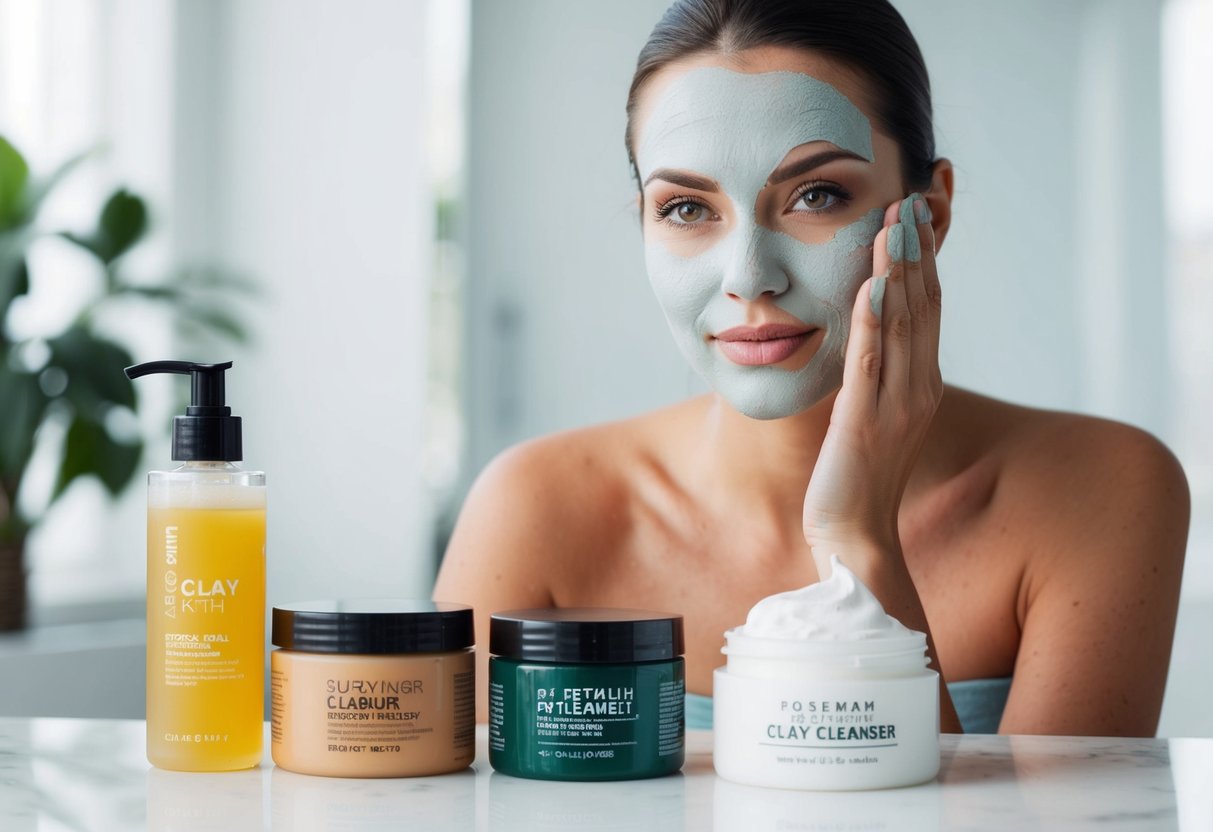
Clay vs. Foam Cleansers
Clay cleansers are distinct from foam cleansers in texture and purpose. While foam cleansers are often lightweight and bubbly, clay cleansers provide a thicker, more paste-like feel.
Foam cleansers typically use surfactants to create lather, helping to remove dirt and oil. However, they can sometimes strip skin of natural oils, especially for sensitive users.
In contrast, clay cleansers draw out impurities and absorb excess oil without overly drying the skin. They’re especially great for those with oily or acne-prone skin since they help manage oil production effectively.
Clay vs. Gel Cleansers
Gel cleansers offer a refreshing, hydrating feel. They usually contain water-based ingredients and are designed to cleanse without leaving a heavy residue.
While gel cleansers are great for removing light makeup and impurities, they may not fully tackle deep-seated oil and dirt. This is where clay cleansers shine.
Clay cleansers penetrate deeper into pores, pulling out toxins and impurities thanks to their natural absorbent properties. This makes them a solid choice for those who suffer from blemishes or a buildup of oil.
Clay vs. Cream Cleansers
Cream cleansers are designed to provide moisture while cleansing the skin. They are typically richer and leave a hydrating finish.
However, if our skin is oily or prone to breakouts, cream cleansers may not be effective, as they may add excess moisture. Clay cleansers help balance skin, making them ideal for oily or combination skin types.
The purifying properties of clay can help clear clogged pores without the heaviness often found in cream cleansers. This makes clay a better option for individuals seeking a deep clean while still retaining some moisture.
What Are Some Top Clay Cleanser Recommendations?
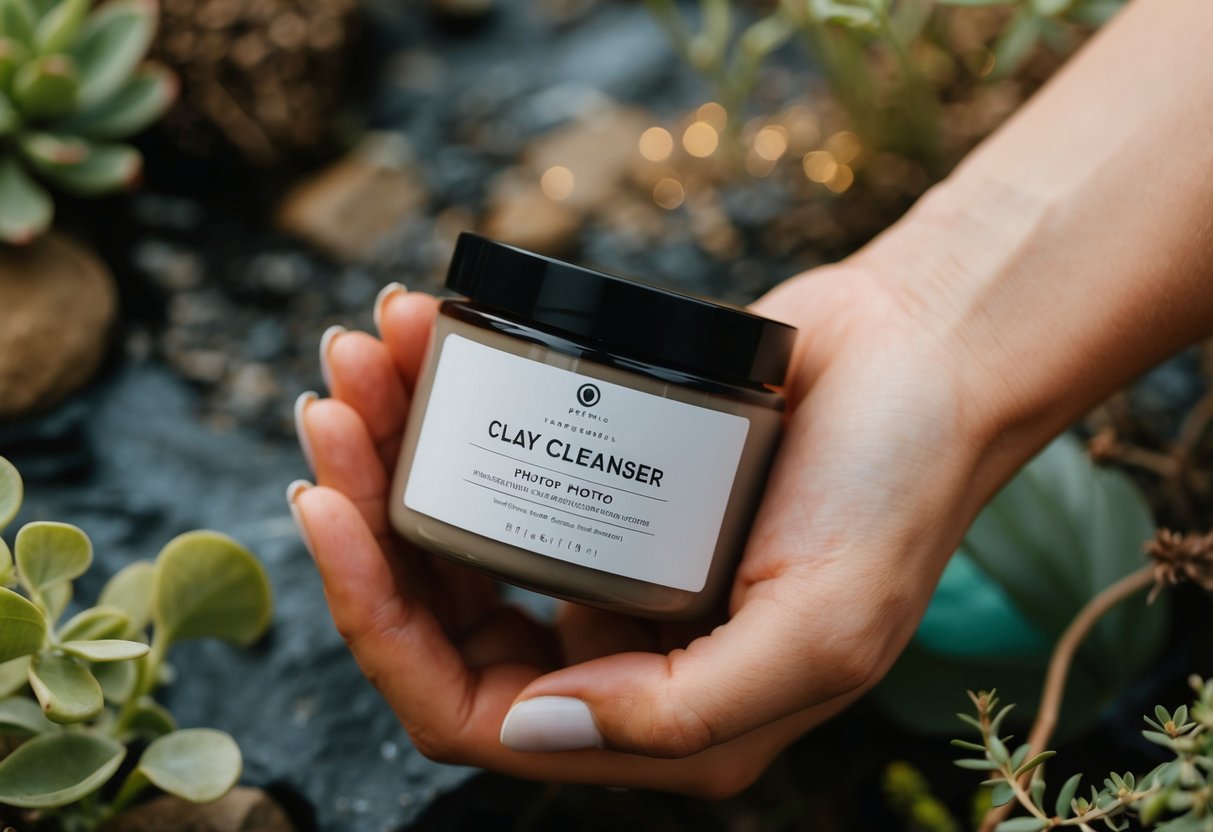
Best Overall Clay Cleansers
For a standout clay cleanser, we recommend products that effectively cleanse while leaving our skin feeling refreshed. One popular option is the L’Oréal Paris Clay Cleanser. It contains a blend of three clays, including kaolin, which deep cleans and removes impurities. This cleanser works well for many skin types, helping to eliminate dirt and oil without over-drying.
Another great choice is the Innisfree Super Volcanic Pore Clay Cleanser. It uses volcanic clay from Jeju Island to absorb excess oil and impurities. This product not only purifies our skin but also helps reduce the appearance of pores.
Budget-Friendly Options
If we’re on a budget, there are excellent clay cleansers that don’t sacrifice quality. The Aztec Secret Indian Healing Clay is a fan favorite. Mixing it with apple cider vinegar or water enhances its deep-cleansing abilities. This product is versatile and can be used as both a mask and a cleanser.
Another affordable option is the Freeman Clay Mask – Avocado & Oatmeal. This budget-friendly cleanser hydrates while drawing out impurities. It’s gentle enough for regular use and perfect for maintaining skin health.
Luxury Clay Cleansers
For those willing to invest a little more, luxury clay cleansers offer unique benefits. The Tatcha The Deep Cleanse is enriched with Japanese luffa fruit and clay, providing a luxurious cleansing experience. It gently exfoliates while removing dirt and oil, leaving our skin smooth and radiant.
With these options, we can choose the clay cleanser that best fits our needs and budget!
How Can Clay Cleansers Fit into Your Skincare Routine?
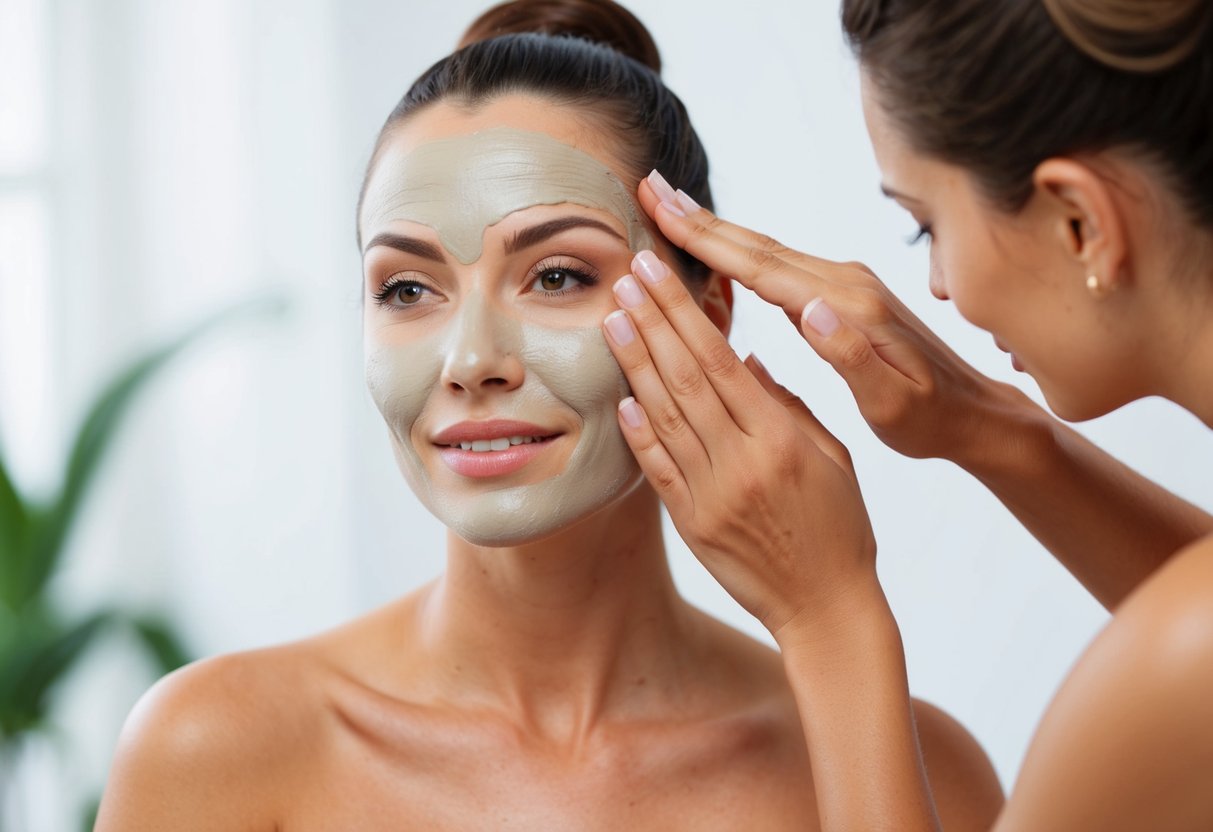
As a Daily Cleanser
Using a clay cleanser as a daily option can help maintain our skin’s health. We recommend selecting a gentle clay-based product that is not too harsh. Look for cleansers with ingredients like kaolin clay, which is soft and mild.
Applying it in the morning and evening can help cleanse impurities without overly drying our skin. When massaging it in, we should focus on areas that tend to get oily. After rinsing, our skin may feel clean, fresh, and ready for the next step in our skincare regimen.
As a Weekly Treatment
In addition to daily use, we can use clay cleansers as a weekly treatment. Applying a clay mask once or twice a week can help detoxify our skin. This practice allows the clay to draw out impurities more deeply.
For this, we can leave the cleanser on for about 10 to 15 minutes. This gives the clay time to work its magic. After rinsing, our skin may appear brighter and clearer. We can follow this with our usual moisturizer to keep our skin hydrated.
In Combination with Other Products
Clay cleansers also fit well with our existing skincare products. We can use them alongside toners, serums, and moisturizers. After cleansing with clay, a hydrating toner is applied. This adds moisture that the clay may remove.
Additionally, we can use a clay cleanser before applying our favorite face mask. This ensures that the skin is clean and ready to absorb the mask’s benefits. Mixing clay with other ingredients can enhance its effectiveness, making our skincare routine even more beneficial.
What Are Potential Drawbacks of Clay Cleansers and How Can You Mitigate Them?
While clay cleansers offer great benefits, we should also be aware of some potential drawbacks.
One concern is dryness. Clay can sometimes strip our skin of natural oils, especially for those with mature skin. To help with this, we can look for products that include glycerin or a good moisturizer to maintain hydration.
Another consideration is the presence of fragrance or essential oils. These can irritate sensitive skin. We should choose fragrance-free options or those labeled for sensitive skin to avoid any irritation.
Some clay cleansers may contain citric acid and other additives like disodium EDTA. While these can help with product stability, we should check the ingredient list if we are concerned about irritants. If possible, opting for cleaner formulations helps keep our skin happy.
Certain ingredients like sodium methyl cocoyl taurate might reduce foam or lather. This is important for some of us who prefer a rich lather in our cleansers. To mitigate this, we can use a gentle exfoliant once a week to help maintain skin clarity and texture.
Lastly, we may want to consider packaging. Choosing clay cleansers with recyclable packaging supports our commitment to the environment while caring for our skin.
By being aware of these factors, we can make thoughtful choices about our clay cleanser routines.
Conclusion
Clay cleansers are versatile and effective skincare products that purify, detoxify, and rejuvenate the skin. Suitable for various skin types, they help balance oil, unclog pores, and prevent breakouts. By incorporating clay cleansers into your skincare routine, you can enjoy a clearer, brighter complexion while addressing specific concerns like excess oil or sensitivity. Choose the right clay cleanser for your skin type, and let it work its magic for healthier, more radiant skin.
FAQs
1. Are clay cleansers suitable for sensitive skin?
Yes, clay cleansers with gentle clays like kaolin are suitable for sensitive skin. Opt for fragrance-free and hypoallergenic formulas to minimize irritation.
2. How often should I use a clay cleanser?
For oily skin, 2–3 times a week is ideal. Those with dry or sensitive skin should limit use to once a week to avoid over-drying.
3. Can clay cleansers help with acne?
Yes, clay cleansers help by drawing out impurities, absorbing excess oil, and unclogging pores, reducing the chances of breakouts.
4. What is the difference between kaolin and bentonite clay in cleansers?
Kaolin clay is gentle and ideal for sensitive skin, while bentonite clay offers stronger oil-absorbing properties, making it better suited for oily or acne-prone skin.
5. Can I use a clay cleanser with other skincare products?
Absolutely! Clay cleansers pair well with toners, serums, and moisturizers. They provide a clean base for other products to work effectively.




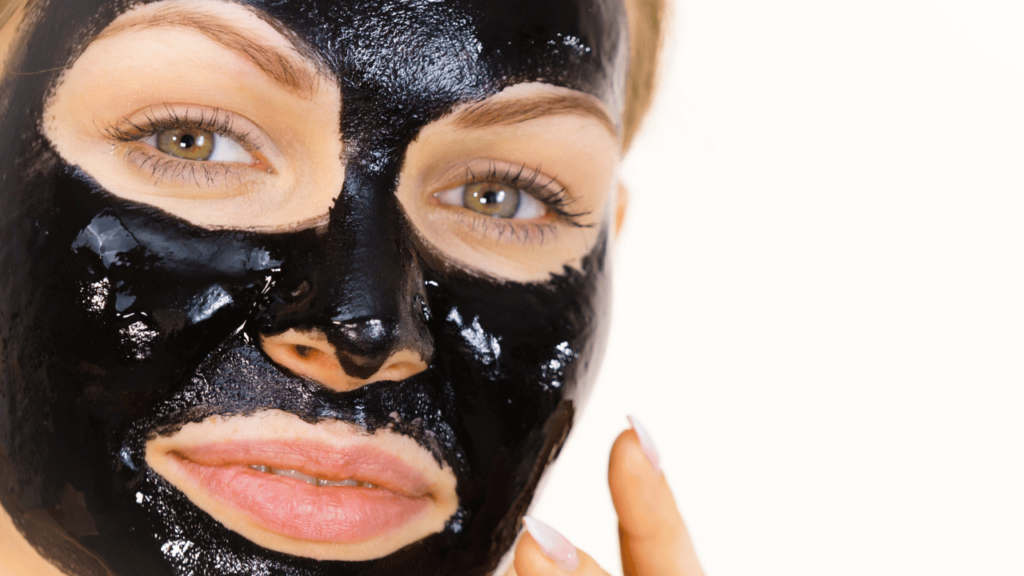
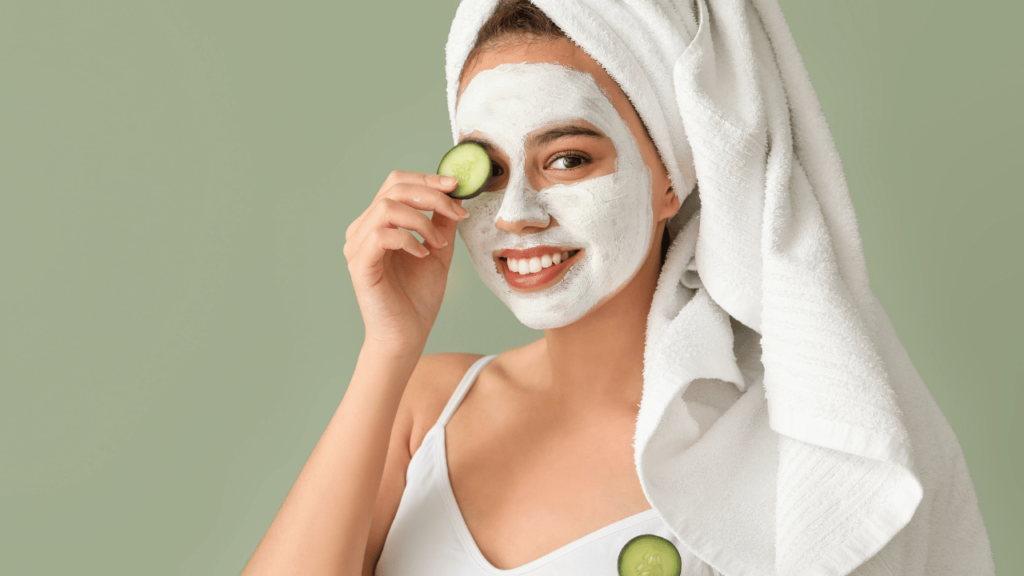

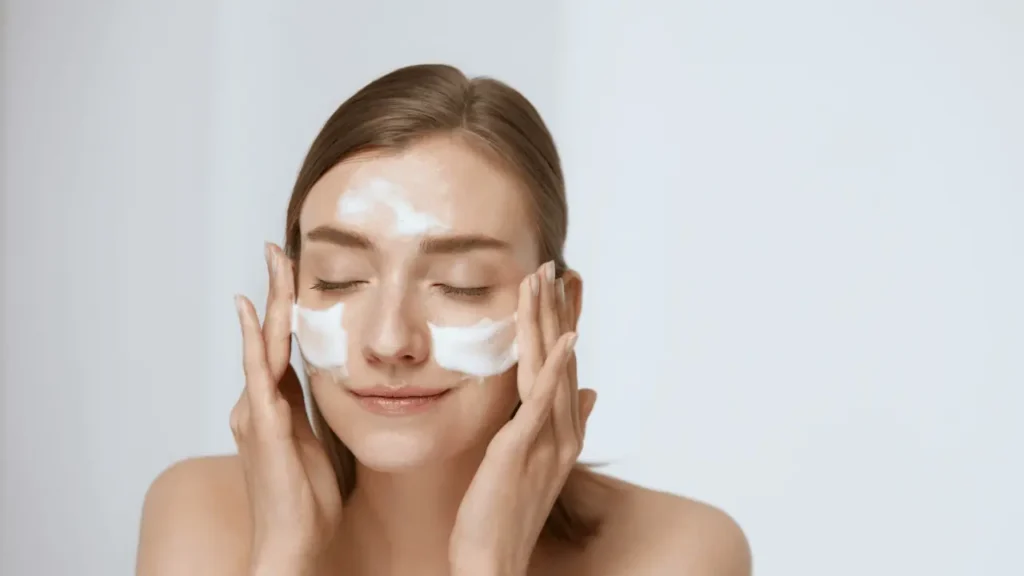
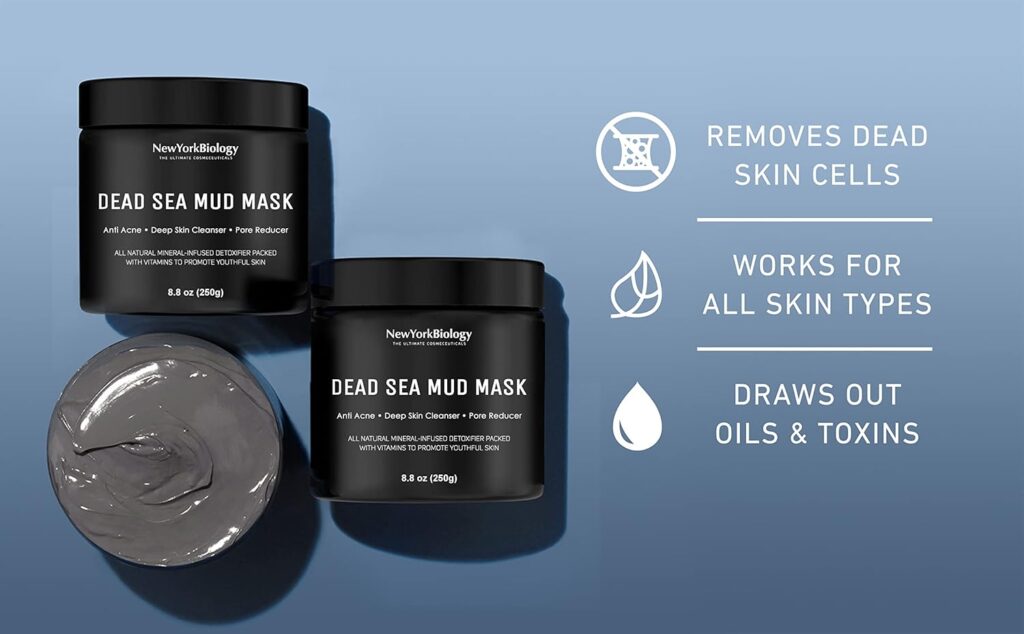
Pingback: The Ultimate Guide to Facial Cleansers: Types, Benefits, and How to Choose the Best One